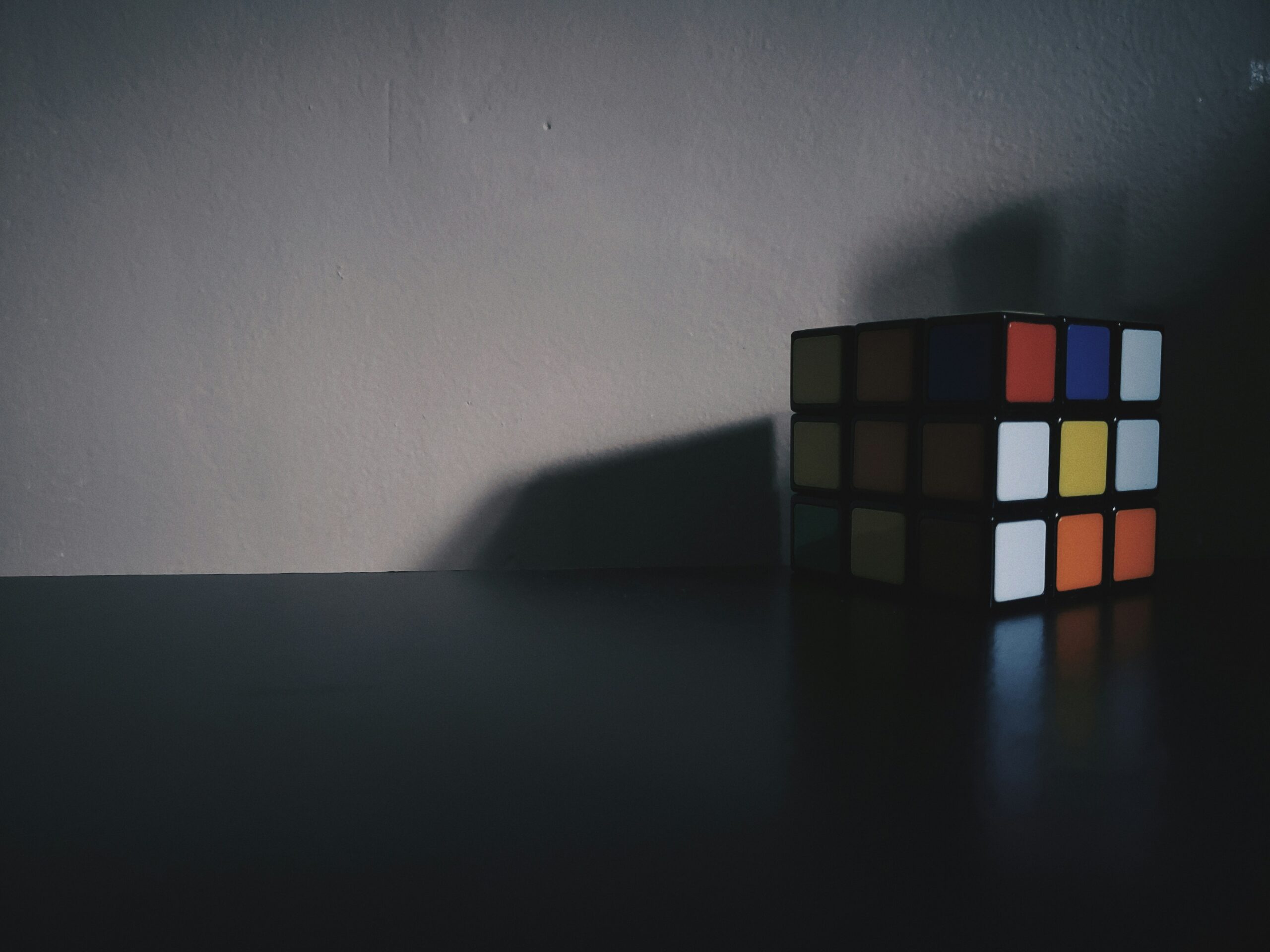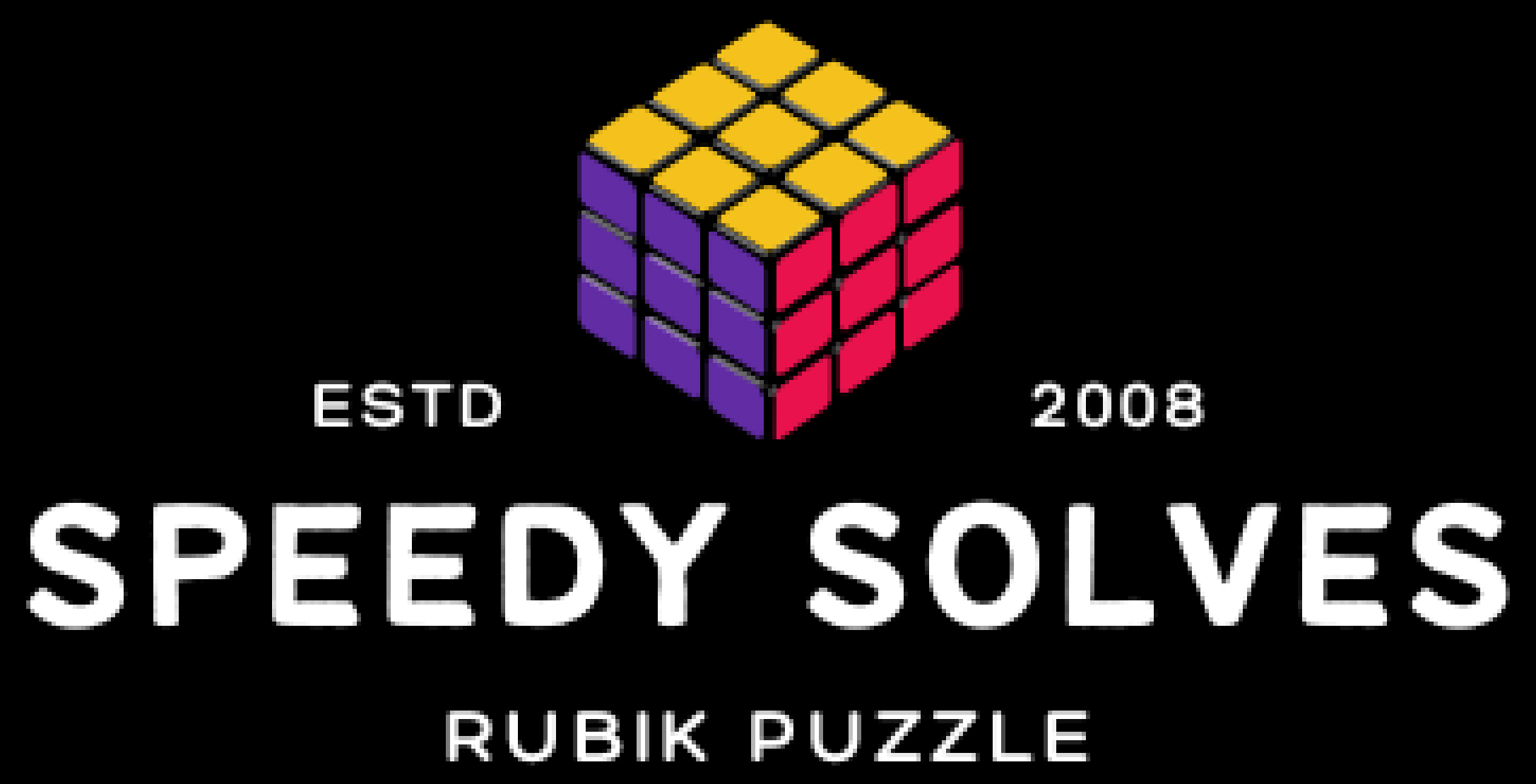
A brief history of Cubing World Records
Since its invention in the 1970s by Hungarian architect Ernő Rubik, the Rubik’s Cube has captivated the minds of millions worldwide. Initially marketed as a challenging puzzle, it didn’t take long for enthusiasts to push the boundaries of solving speed. This journey has been marked by countless hours of practice, innovation, and fierce competition, leading to the establishment and continuous breaking of world records in cubing.
**The Early Days: Setting the Foundation (1980s – 1990s)**
In the early years of cubing, solving the Rubik’s Cube was considered a feat in itself. Speedcubing as a competitive sport was still in its infancy. The first documented world record for the Rubik’s Cube dates back to the mid-1980s when Minh Thai, an American speedcuber, set a time of 22.95 seconds. This remarkable achievement laid the groundwork for future speedcubers to follow.
Throughout the 1990s, as the cubing community grew, so did the pursuit of faster solving times. Speedcubers experimented with different solving methods and techniques, leading to incremental improvements in solving speed. Notable cubers such as Jessica Fridrich, Lars Petrus, and Ron van Bruchem made significant contributions to cubing algorithms and methodologies during this period.
**The Fridrich Revolution: A Game-Changing Method (Early 2000s)**
The early 2000s marked a significant turning point in the world of speedcubing with the emergence of the Fridrich Method, also known as CFOP (Cross, F2L, OLL, PLL). Developed by Jessica Fridrich, a professor of electrical engineering and computer science, the Fridrich Method revolutionized cubing by introducing a more efficient and intuitive solving approach.
The adoption of the Fridrich Method by top speedcubers led to a surge in solving speeds and a flurry of new world records. Cubers like Rowe Hessler, Erik Akkersdijk, and Yu Nakajima pushed the limits of speedcubing, consistently breaking and setting new world records in various categories, including single and average solves.
**The Rise of Sub-10 Solves: Breaking Barriers (Mid-2000s)**
As speedcubing techniques continued to evolve, cubers around the world aimed to achieve the elusive sub-10-second solve. In 2008, Feliks Zemdegs, a young cuber from Australia, made history by becoming the first person to achieve a sub-10-second solve in an official competition, with a time of 9.21 seconds.
Zemdegs’ achievement inspired a new generation of cubers and fueled a competitive frenzy to break the 10-second barrier. In the following years, Zemdegs, along with other top cubers like Mats Valk, Sébastien Auroux, and Lucas Etter, traded world records back and forth, each pushing the limits of cubing prowess.
**The Sub-6 Revolution: Pushing Towards Perfection (Late 2000s – Present)**
In recent years, speedcubing has reached unprecedented levels of skill and precision. The quest for faster solving times has led to the refinement of cubing techniques, the development of specialized hardware, and the emergence of a new generation of cubing prodigies.
In 2018, Yusheng Du, a cuber from China, stunned the cubing world by achieving a single solve world record of 3.47 seconds using the CFOP method. This groundbreaking achievement shattered previous records
